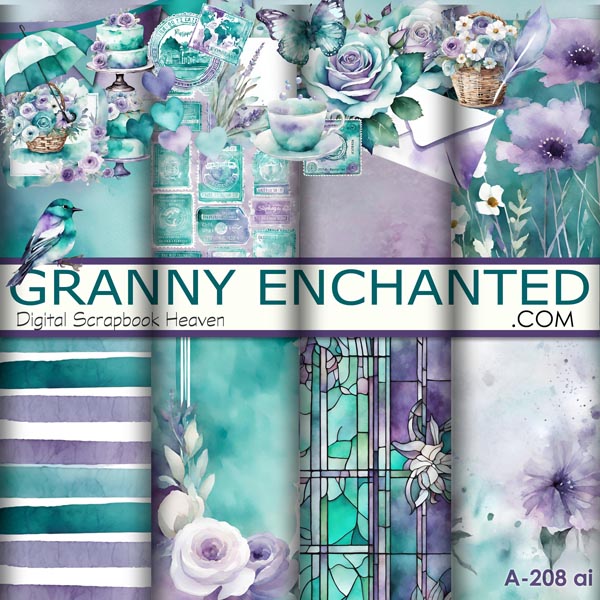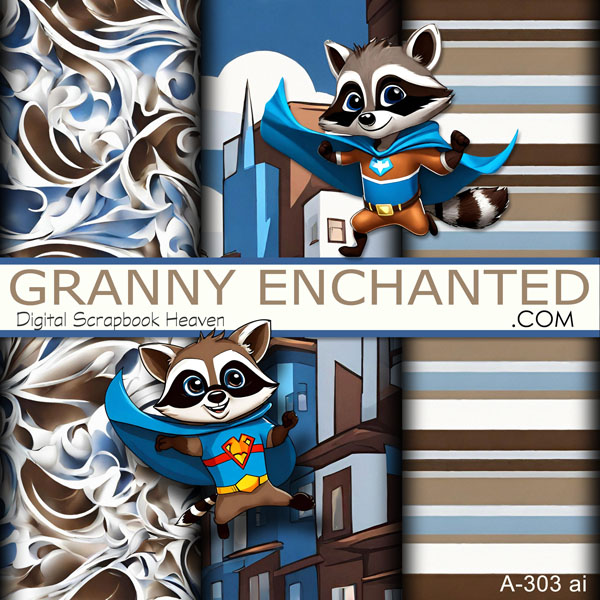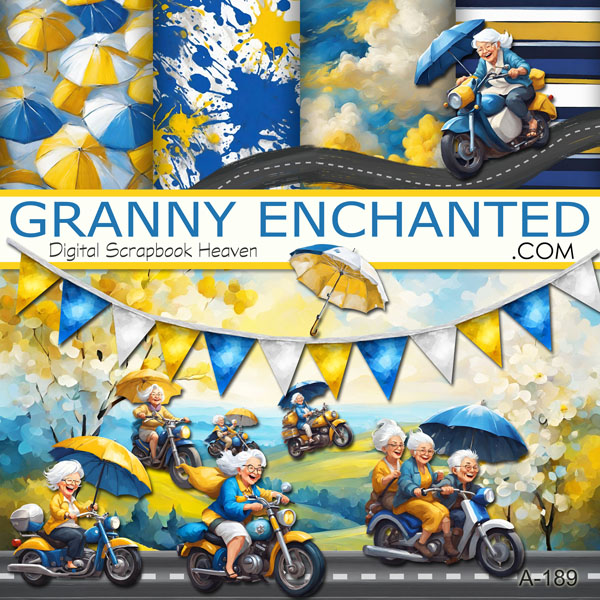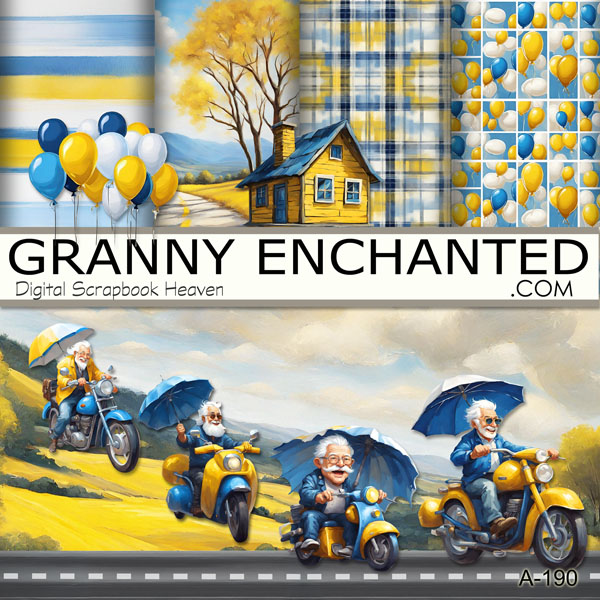I saw these colors together on a tissue box once and fell in love. What a delightfully unlikely pair. I love it. This kit would be good for wedding pages and invitations, along with springtime pages. I love how wishy-washy and forgiving watercolor style is. The Victorian clipart is plenty to sweeten up your pages. Purple and teal look fantastic together.
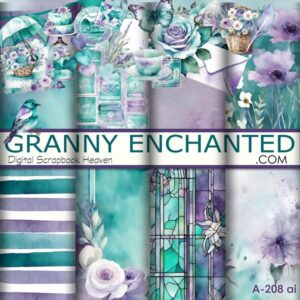 There are so many elements that this one is taking two zipped files.
There are so many elements that this one is taking two zipped files.
What’s up with Queen Victoria, her era, and all those froo froo frilly flowers?
The Victorian era’s fascination with floral patterns and decorations stemmed from various cultural, social, and technological factors. Firstly, during the Victorian era, there was a revival of interest in nature and botany, leading to a heightened appreciation for floral motifs in art and design (Rackham, 1980). Additionally, advancements in printing technology, such as the development of the chromolithography technique, made it easier and more affordable to produce intricate floral patterns on textiles and other decorative items (Hunter, 1984).
Moreover, the Victorian era was characterized by strict social norms and etiquette, and the use of floral decorations was often associated with notions of femininity, refinement, and domesticity (Holliday, 1999). Floral prints and motifs were used extensively in fashion, interior décor, and household items, reflecting the prevailing tastes and values of the time (Ashelford, 1996).
Furthermore, the Victorian era witnessed the rise of the Arts and Crafts movement, which emphasized handmade craftsmanship and naturalistic design elements (Greenhalgh, 1986). This movement encouraged the use of floral motifs inspired by the natural world, further popularizing floral patterns in Victorian aesthetics.
Overall, the Victorian era’s penchant for floral prints and decorations can be attributed to a combination of factors, including a renewed interest in nature, advancements in printing technology, societal norms, and artistic movements.
Sources:
- Ashelford, J. (1996). The art of dress: Clothes and society, 1500-1914. London: National Trust Enterprises Limited.
- Greenhalgh, P. (1986). The persistence of craft: The applied arts today. London: Athlone Press.
- Holliday, J. S. (1999). The Victorian art of fiction: Nineteenth-century essays on the novel. Oxford: Oxford University Press.
- Hunter, D. (1984). Papermaking: The history and technique of an ancient craft. New York: Dover Publications.
- Rackham, O. (1980). Trees and woodland in the British landscape. London: J.M. Dent & Sons.

